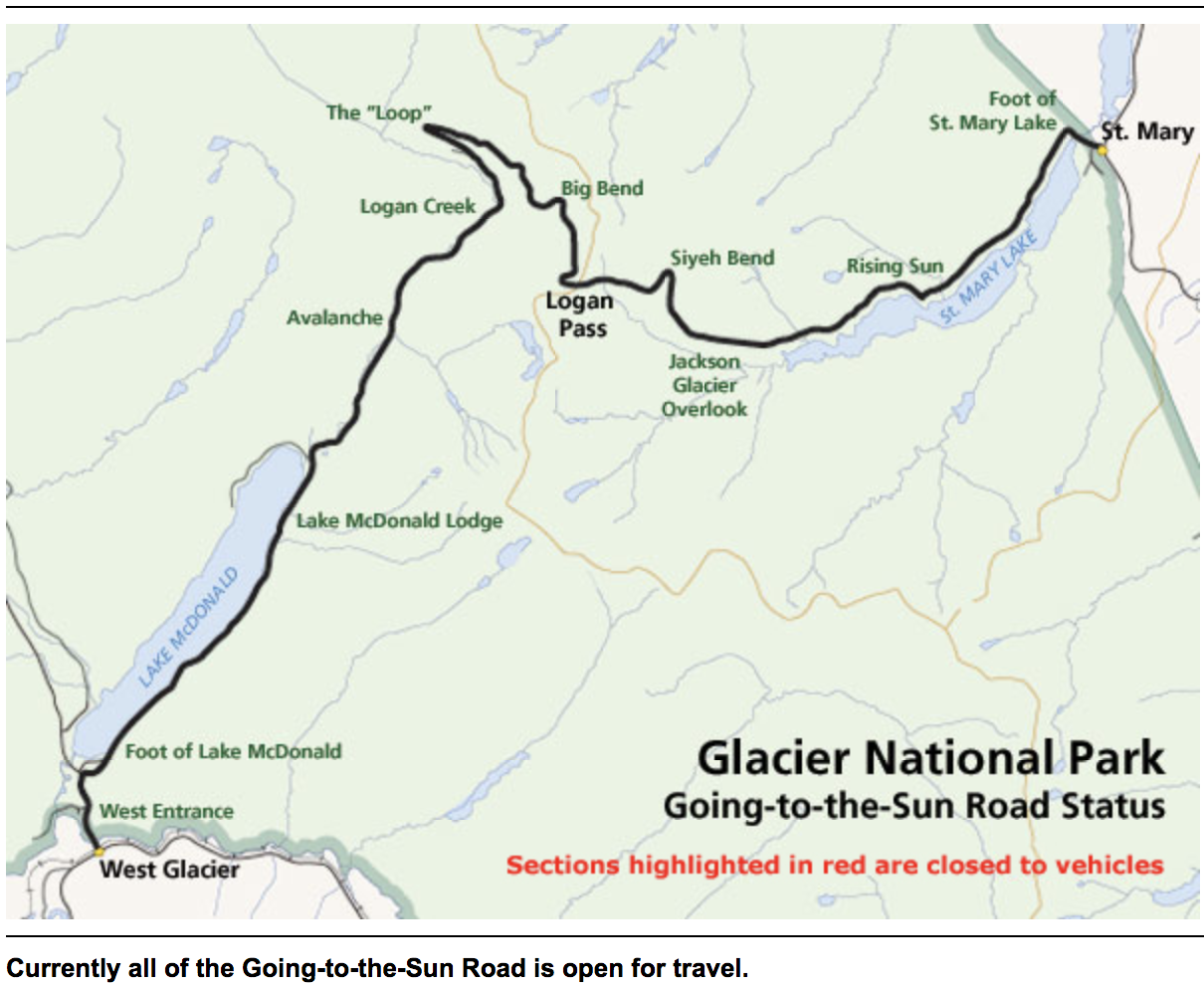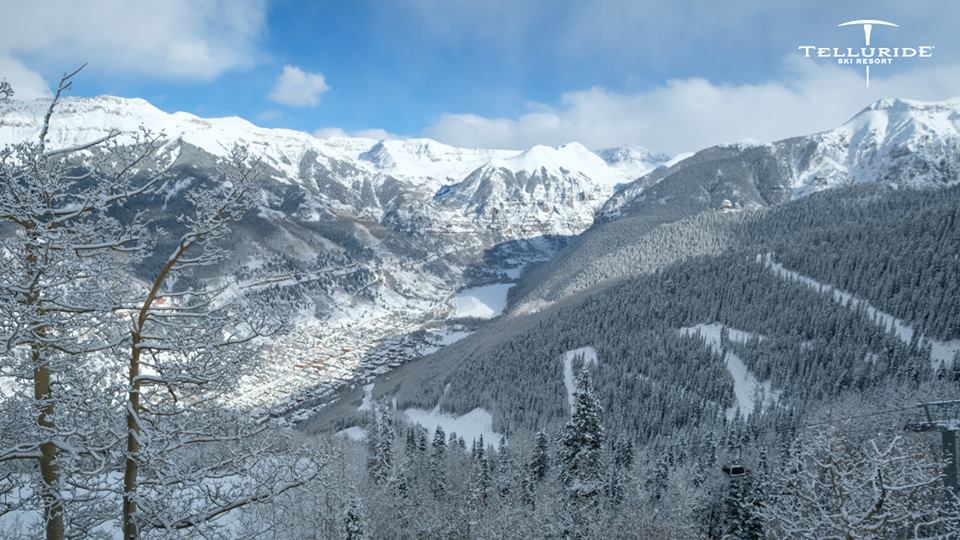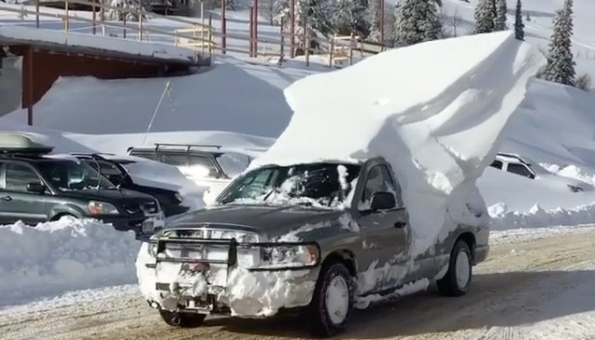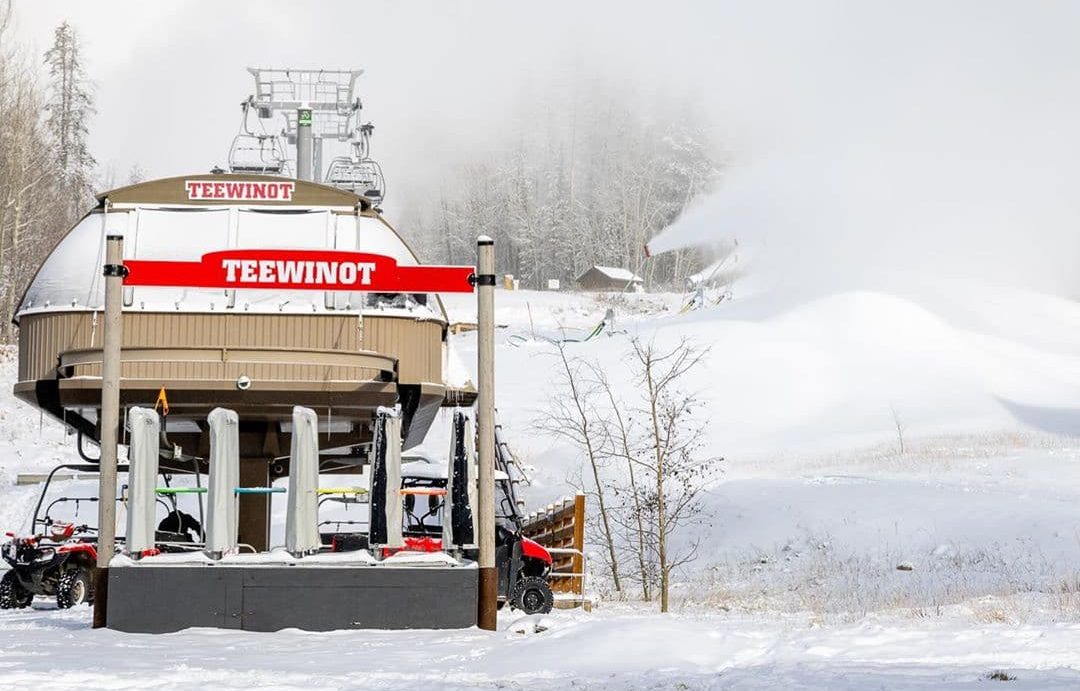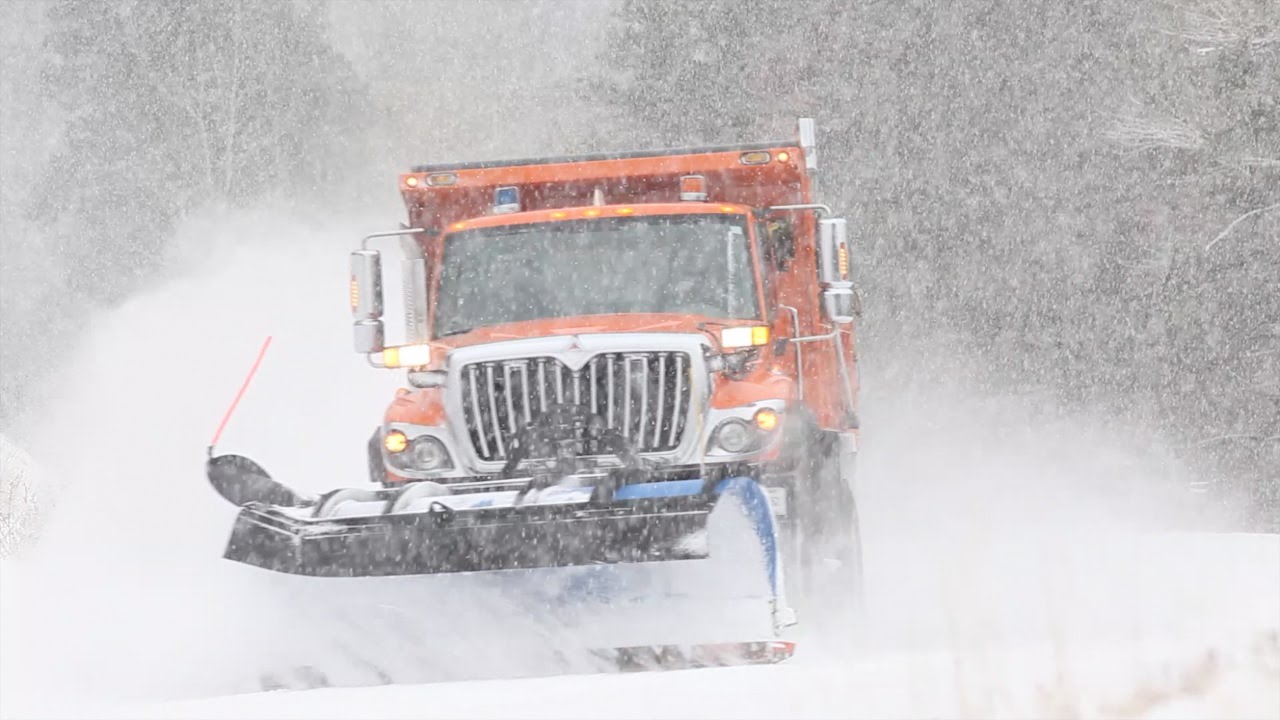
Glacier National Park, Montana, has closed the alpine sections of Going-to-the-Sun Road this weekend as a potent weather system threatens to bring heavy rainfall and significant snow to the region on the first day of summer. The closure will affect the stretch between Avalanche and Rising Sun, a move prompted by forecasts of hazardous road conditions and heightened safety concerns.
“Due to heavy rain and predicted snowfall, Glacier National Park is implementing a temporary road closure of the alpine sections of Going-to-the-Sun Road. The closure will extend from Avalanche to Jackson Glacier Overlook at 8:00 pm on Friday, June 20, 2025.
The National Weather Service issued a winter storm warning from 2:00 am Saturday to noon on Sunday. Heavy, wet snow is expected above 5000 feet of elevation. There is a high chance of 5 to 12 inches of snow above 6000 feet, with a possibility of 2 feet of snow and wind gusts up to 40 mph in the highest terrain.”
The National Weather Service has issued both a hydrologic outlook and a winter storm warning for the area, warning of a prolonged rain event beginning Friday evening and lasting through Sunday. Meteorologists predict that two to four inches of rain could fall within a 48-hour period, raising the risk of rock and debris slides along the park’s steep terrain. Higher elevations, including the iconic Logan Pass—recently reopened for the season—may see heavy, wet snow accumulation of up to a foot above 6,000 feet and up to four inches down to 4,000 feet.
...WINTER STORM WARNING IN EFFECT FROM 9 AM SATURDAY TO NOON MDT SUNDAY ABOVE 5000 FEET... * WHAT...Heavy wet snow expected above 5000 feet. Likelihood of extreme impacts from 5 to 12 inches of snow is greater than 90 percent above 6000 feet, and up to a 30 percent chance of isolated impacts from around 2 feet of snow in the highest terrain. * WHERE...Marias Pass, Glacier National Park higher elevations including Going-to-the-Sun Road and Logan Pass. * WHEN...From 9 AM Saturday to noon MDT Sunday. * IMPACTS...For MAJOR impacts from snow, expect considerable disruptions to normal activities. Dangerous or impossible conditions. Avoid travel in the impacted areas if possible. Widespread closures and disruptions to infrastructure may occur. For EXTREME impacts from snow, expect substantial disruptions to normal activities. Extremely dangerous or impossible conditions. Travel in the impacted areas is not advised. Extensive and widespread closures and disruptions to infrastructure may occur. Life saving actions may be needed. * ADDITIONAL DETAILS...Light snow accumulations are expected down to 5000 feet, mainly impacting visibility and non-paved surfaces. Snow loading on trees may produce tree falls and create power outages. PRECAUTIONARY/PREPAREDNESS ACTIONS... If you must travel, keep an extra flashlight, food, and water in your vehicle in case of an emergency. The latest road conditions for the state you are calling from can be obtained by calling 5 1 1.
Temperatures are expected to drop into the low 30s at upper elevations, with valley highs in the low 50s, creating challenging conditions for both motorists and hikers. Park officials are urging visitors to monitor weather updates, check the park’s website for the latest road status, and prepare for rapidly changing conditions by dressing appropriately and remaining vigilant for hazards on roadways and trails.
Visitors can receive real-time road status updates by texting GNPROADS to 333111.
The potential closure comes just days after the full length of Going-to-the-Sun Road opened for the summer season. Park officials advise anyone planning a trip to Glacier National Park this weekend to consider delaying backcountry travel or plan accordingly, as cold, wet, and potentially hazardous conditions are likely.
Going-to-the-Sun Road is a scenic mountain road in the Rocky Mountains of the western United States, in Glacier National Park in Montana. The Sun Road, as it is sometimes abbreviated in National Park Service documents, is the only road traversing the park, crossing the Continental Divide through Logan Pass at an elevation of 6,646 feet, the highest point on the road.
